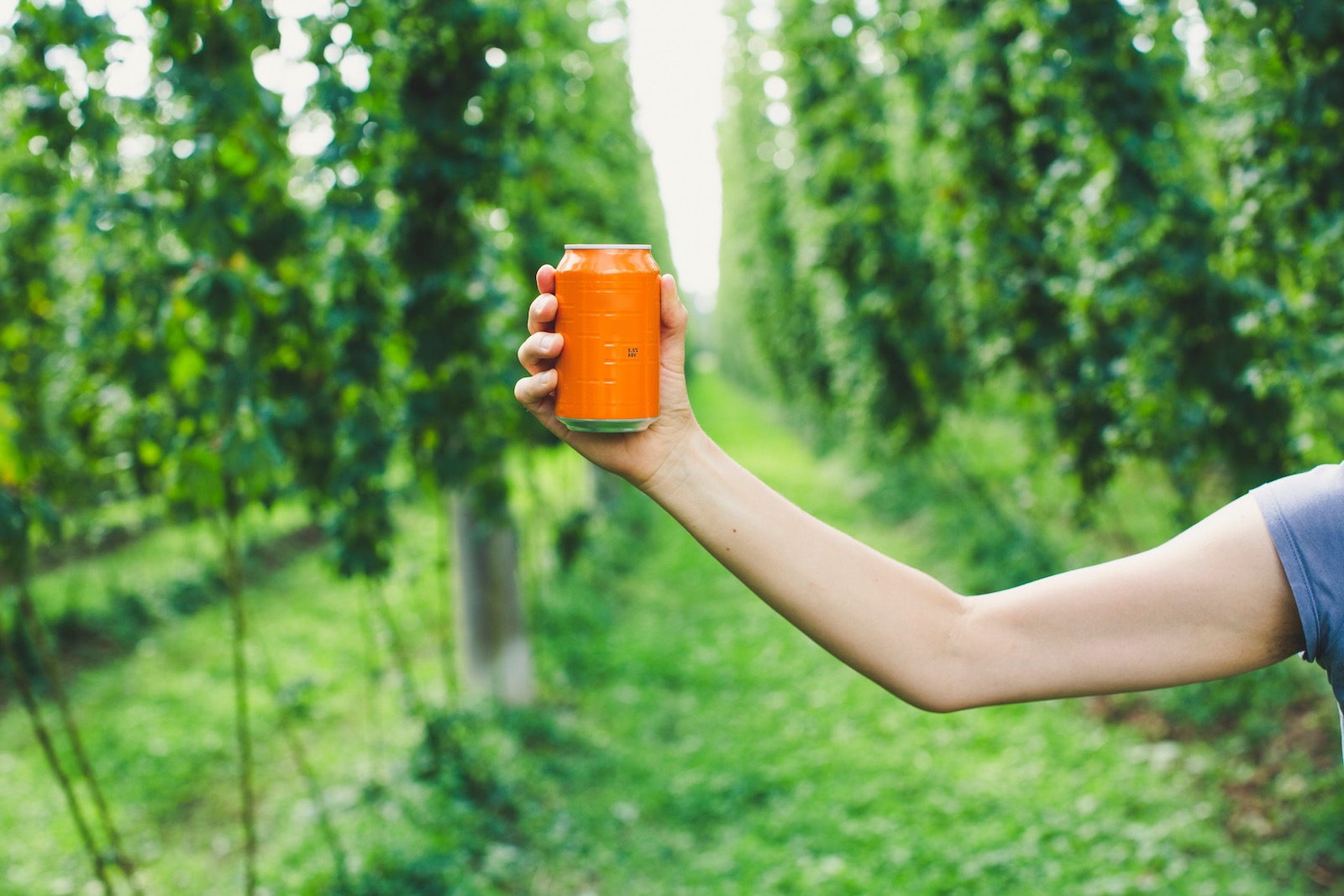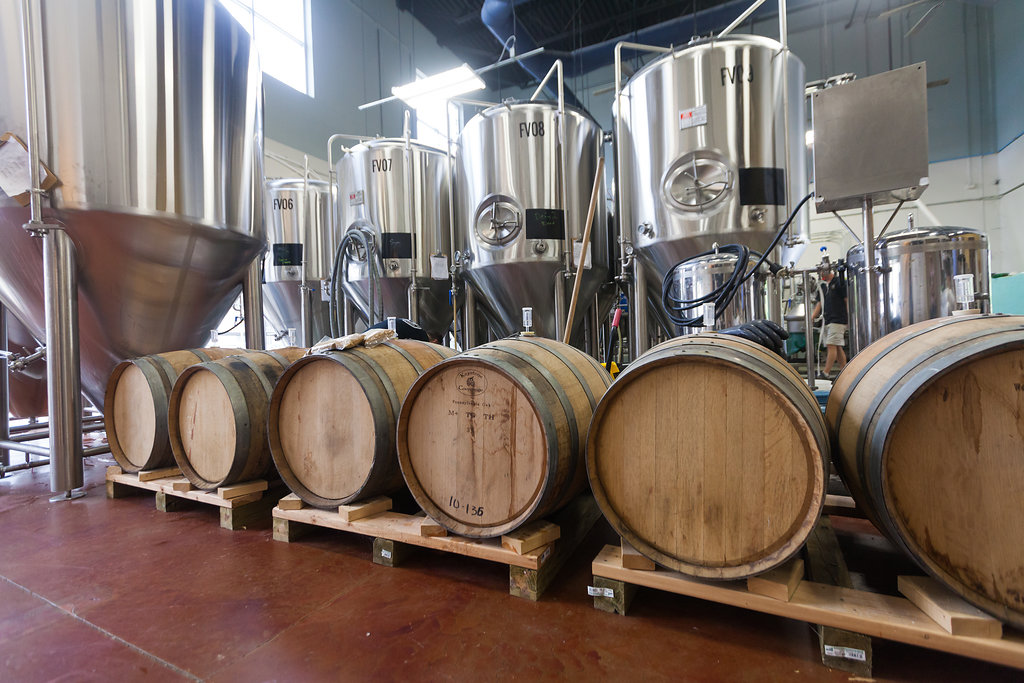Picture this: a customer heads to a local brewery, sits down and orders a beer that they know has been brewed on site, and so they mentally check that box in their head that says they’re supporting a local business. It feels good, doesn’t it?
After all, supporting local, small businesses is a growing trend in sustainability, particularly among Gen Z and millennial generations, who are open to spending a few extra dollars on local craft beers as opposed to mass-produced domestics. And year after year, consumers continue to voice that they want to buy more locally produced food and drink — solidifying the “farm to table” movement that started way back in the 60’s and 70’s.
Now, many craft beer connoisseurs are starting to wonder about the ingredients that go into their beloved beverages and whether they too are being sourced locally. But the answer isn’t quite so simple in many cases.
Local Can Be Complicated
In some instances, yes, breweries are able to locally source those much-needed ingredients for their next batch. There’s been a rising trend in recent years where breweries are able to use the hops or malt harvested just down the road from nearby farms, or in some cases, grown right on site!
But, like all good things, going totally local can be complicated.
A lot of the ingredients necessary for the brewing process are typically grown in areas located geographically far away from the breweries that use them. For example, a majority of the hops used by North American brewers are grown in the Pacific Northwest (where the climate acts favorably for this particular plant), while a large percentage of barley is grown on the Great Plains. And, in order to create a 100% locally sourced beer, brewers also need to capture or create wild yeast, which can come with its own set of difficulties.
Of course, looking around at other areas of the country to find the right set of ingredients isn’t preferred for most small breweries. Not just because they pride themselves on contributing to the local economy, but also because shipping ingredients from place to place isn’t great for the environment. And it’s not even that cost effective!
So how are brewers successfully finding and securing local ingredients for their breweries?
Creating Relationships with Local Farms
The key for many local craft breweries has been to develop strong relationships with local farms and suppliers to source as many ingredients as they can locally. Since the United States produces more hops than any other country in the world, hop suppliers are increasing in popularity, and appearing in more and more states across the country each year. Some are learning to grow hops and other necessary ingredients right on site, mimicking what many wineries are well known for. Others are getting into their personal vehicles and making hour-long trips to hand-pick the freshest ingredients they can find in their region for the next batch they’re brewing.
Still, depending on the breweries’ production scale, some may still need to search outside of their area for the quantity or additional ingredients needed.
Reaping the Benefits Associated with Local Ingredients
For breweries that are successful in their endeavor to incorporate the freshest local ingredients they can find, the benefits speak for themselves. Many local, smaller farms will stay away from pesticides, herbicides, and chemical fertilizers, producing organic batches without risk of contamination. Brewers are guaranteed the highest quality and most nutritious ingredients available when they source them locally.
Not only can a brewery team feel good about supporting their local economy and other local businesses, but this symbiotic partnership can help improve brand awareness within their community and increase one another’s profitability over time.
Beyond that, looking right in your own backyard rather than mass-shipping items across the country significantly reduces a company’s overall carbon footprint. And there’s also something to be said about the competitive advantage given to breweries who invest in local ingredients and promote other small businesses in their taprooms and on their website.
And, perhaps most important, it all boils down to the taste. Sourcing hyper-local means each batch brewed comes with its own unique flavor. Using these high-quality ingredients means there’s a whole new world of flavors and combinations to explore, and beer enthusiasts will be able to taste the difference that these new layers of complexity bring with them.
In the end, finding the right ingredients in your neighborhood could make a world of difference to both your brewing process and your overall business model. But developing strong partnerships with local agricultural institutions may take time — so be patient, do your research, and most of all, have fun with it!



